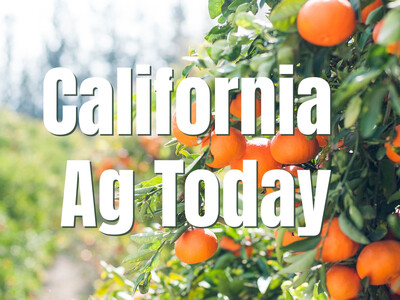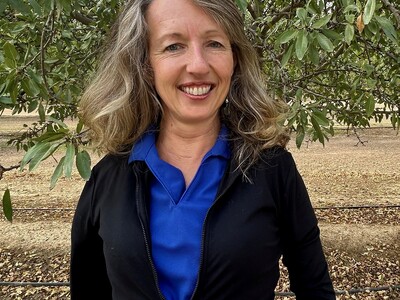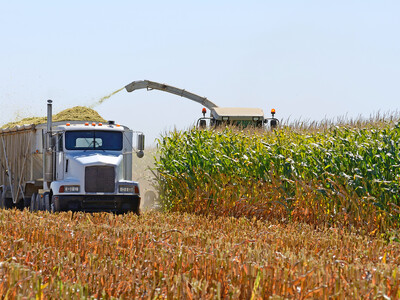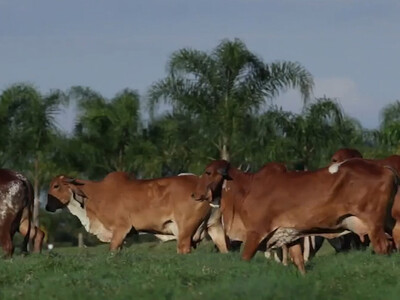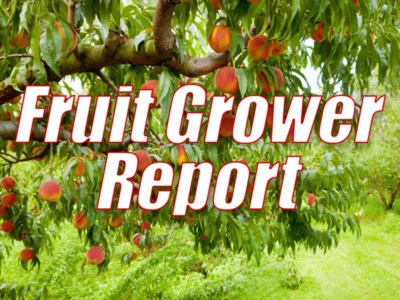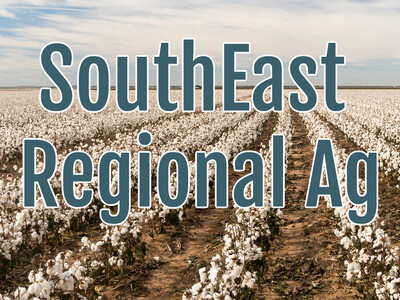The Next Phase & Warmer Weather Forecast
The Next Phase & Warmer Weather Forecast plus Food Forethought. I’m Greg Martin with today’s Northwest Report.
The Senate is wasting no time in working on a new farm bill. Sen. Debbie Stabenow says they are taking the next step.
STABENOW: We’re moving forward now to the next phase on our farm bill consideration. With very disastrous results for farmers and ranchers if we don’t get this done. They need economic certainty. The 16-million people that work because of agriculture in our country are counting on us to get this done so they can make their decisions on what they’re going to plant moving forward. How their business is going to work and they’re counting on us to get it done. Proud of the effort so far.
Summer starts next week and a lot of farmers are keeping one eye on the weather especially as the cherry harvest begins in earnest in about a weeks time. New weather data predicts a drier and warmer summer ahead for Eastern Washington. But for those west of the Cascades, they'll likely have an "average" summer. Of course that is a “best guess” with the data that meteorologists have to work with. That will make a lot of farmers happy. Some crops like hops and apples have been seeing additional problems due to the damp conditions.?
Now with today’s Food Forethought, here’s Lacy Gray.
Numerous retailers and restaurant chains have announced lately they will use only pork from operations that are gestation stall free. Crumbling under pressure from food activists such as the HSUS, these retailers may find they’re cutting their noses off to spite their faces. It is not as easy as making an announcement one day, and having an entire supply chain meet the demands the next. The National Pork Producers Council commissioned a survey of larger pork operations because of all the current uproar, and it showed only seventeen percent of sows currently spend part of gestation time in open pens. With roughly 70 thousand hog farms in the nation even over the next couple of years that percentage will probably only raise to around 25 percent due to the complexities and costs of making such changes. What happens in the meantime? If what happened in the U.K. under similar circumstances is any indication, numerous smaller hog operations will go out of business due to the high costs of new housing and changing management systems, and with that pork prices could go through the roof. Everybody is talking about animal welfare, but are they prepared to pay for it?
Thanks Lacy. That’s today’s Northwest Report. I’m Greg Martin on the Ag Information Network.






